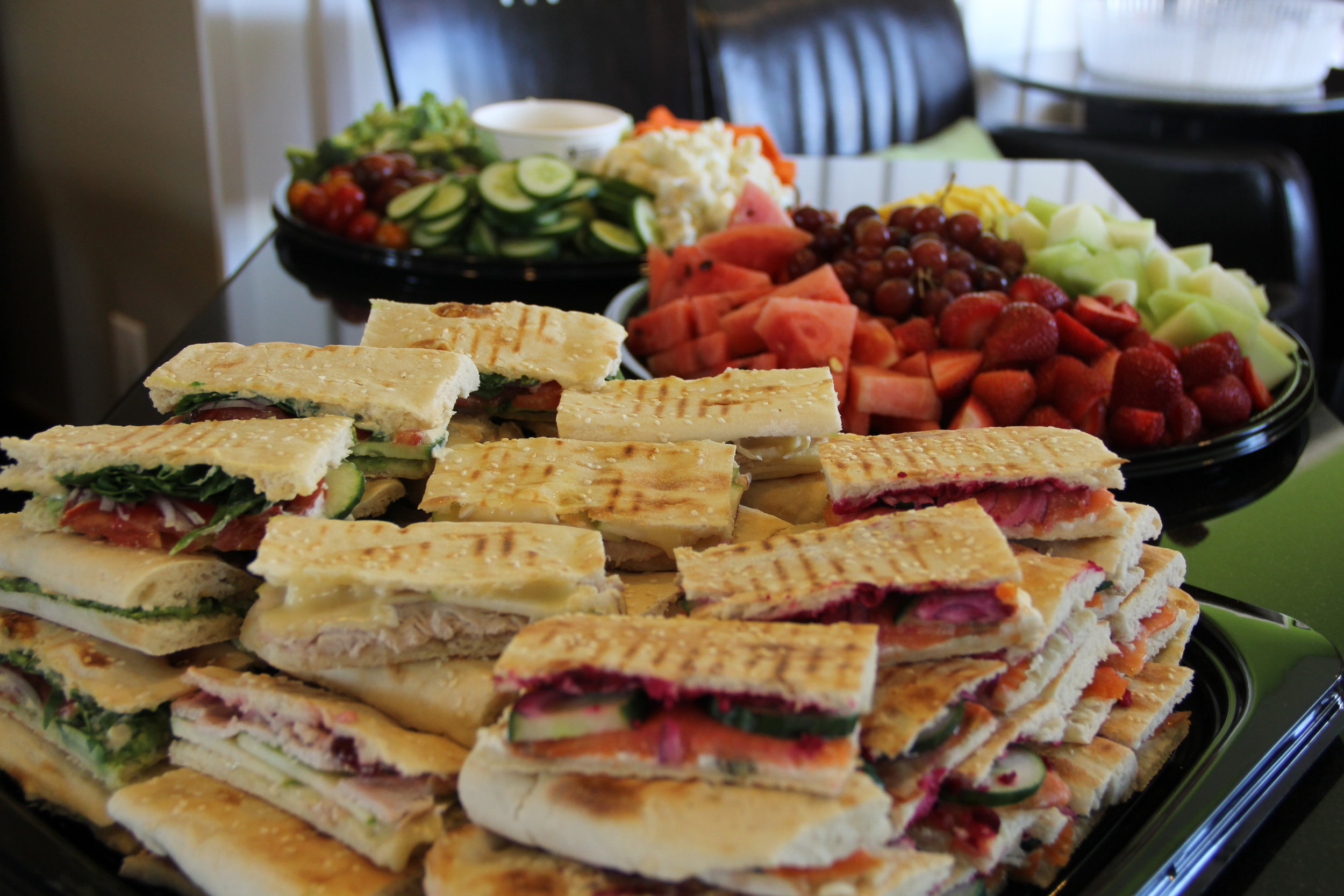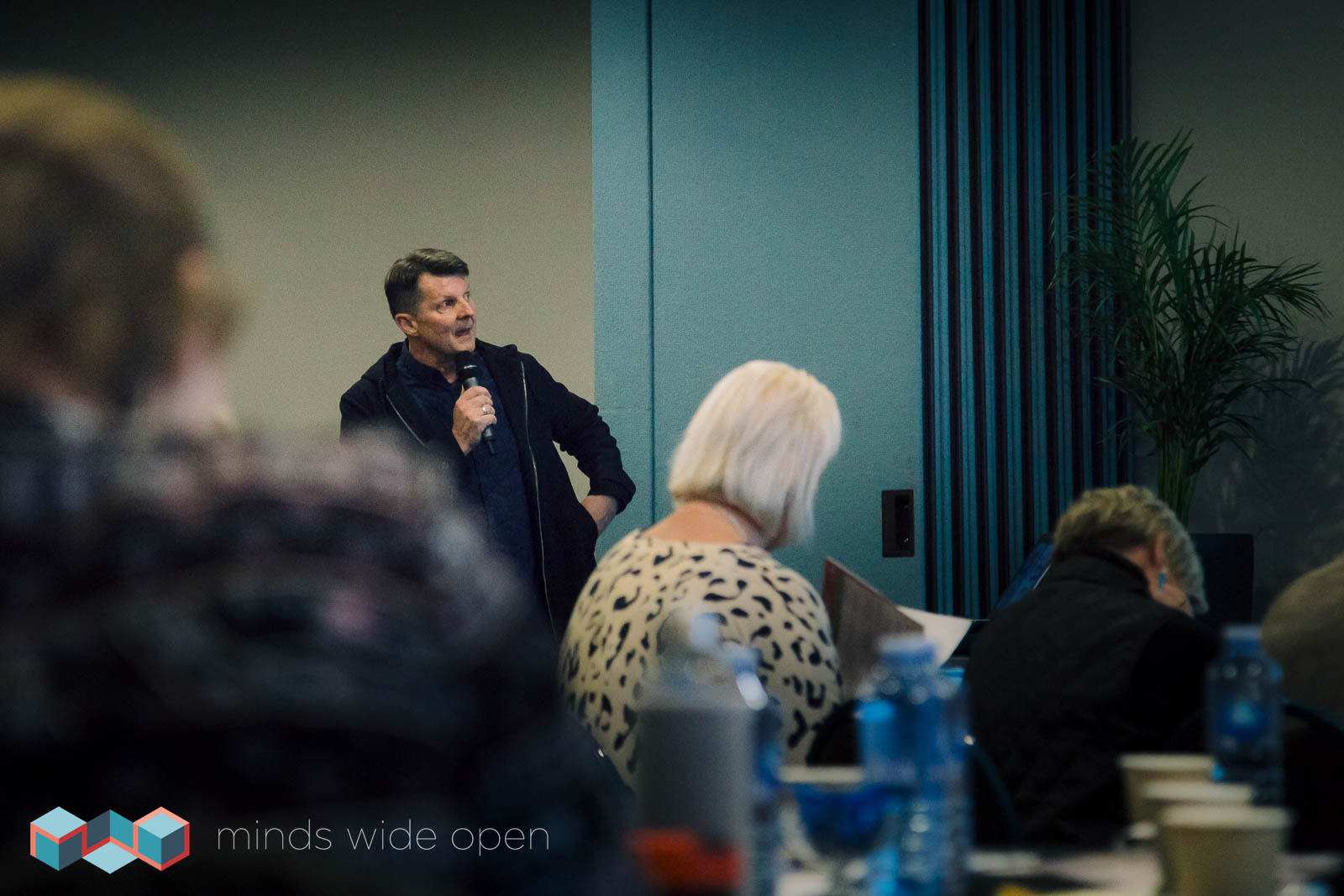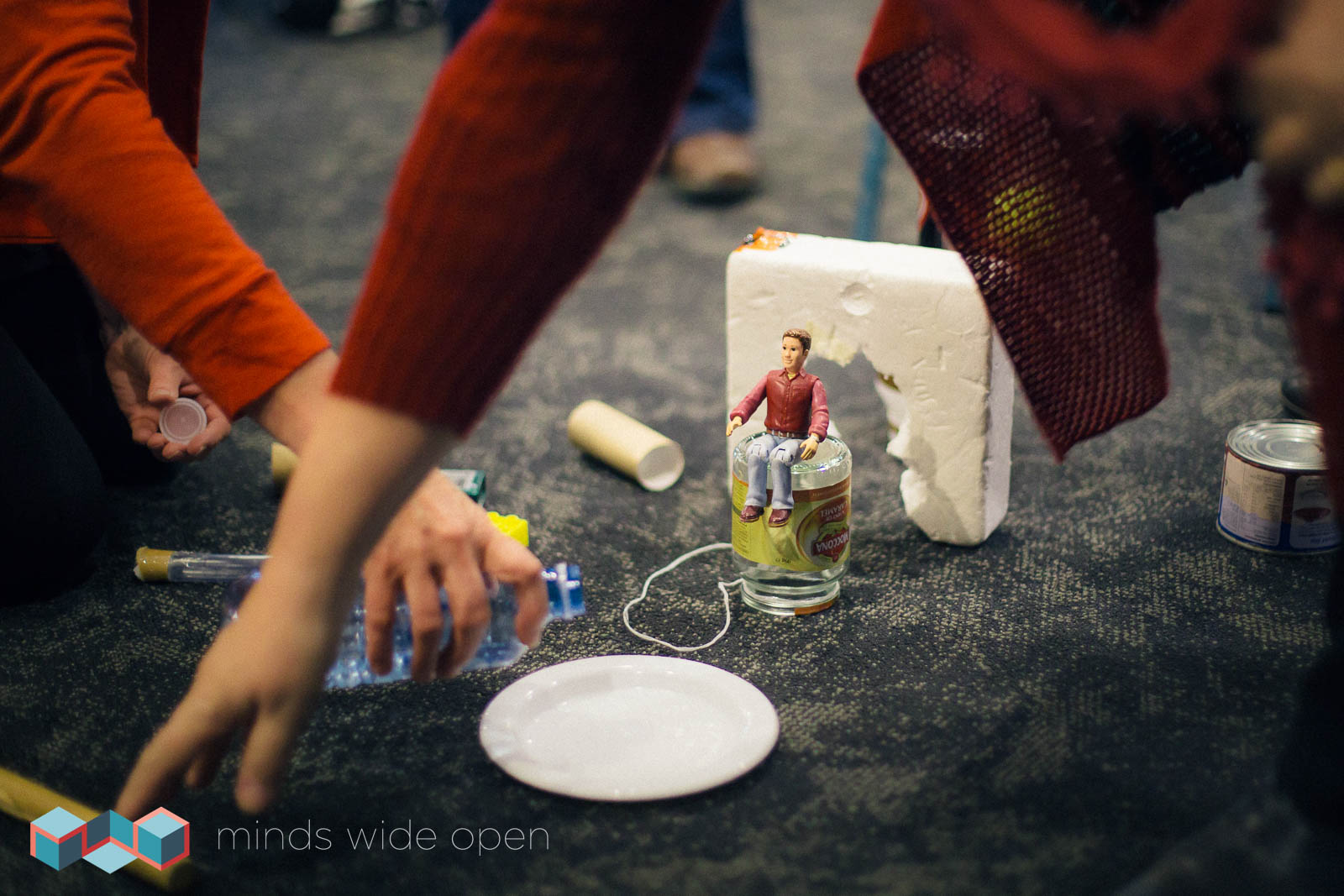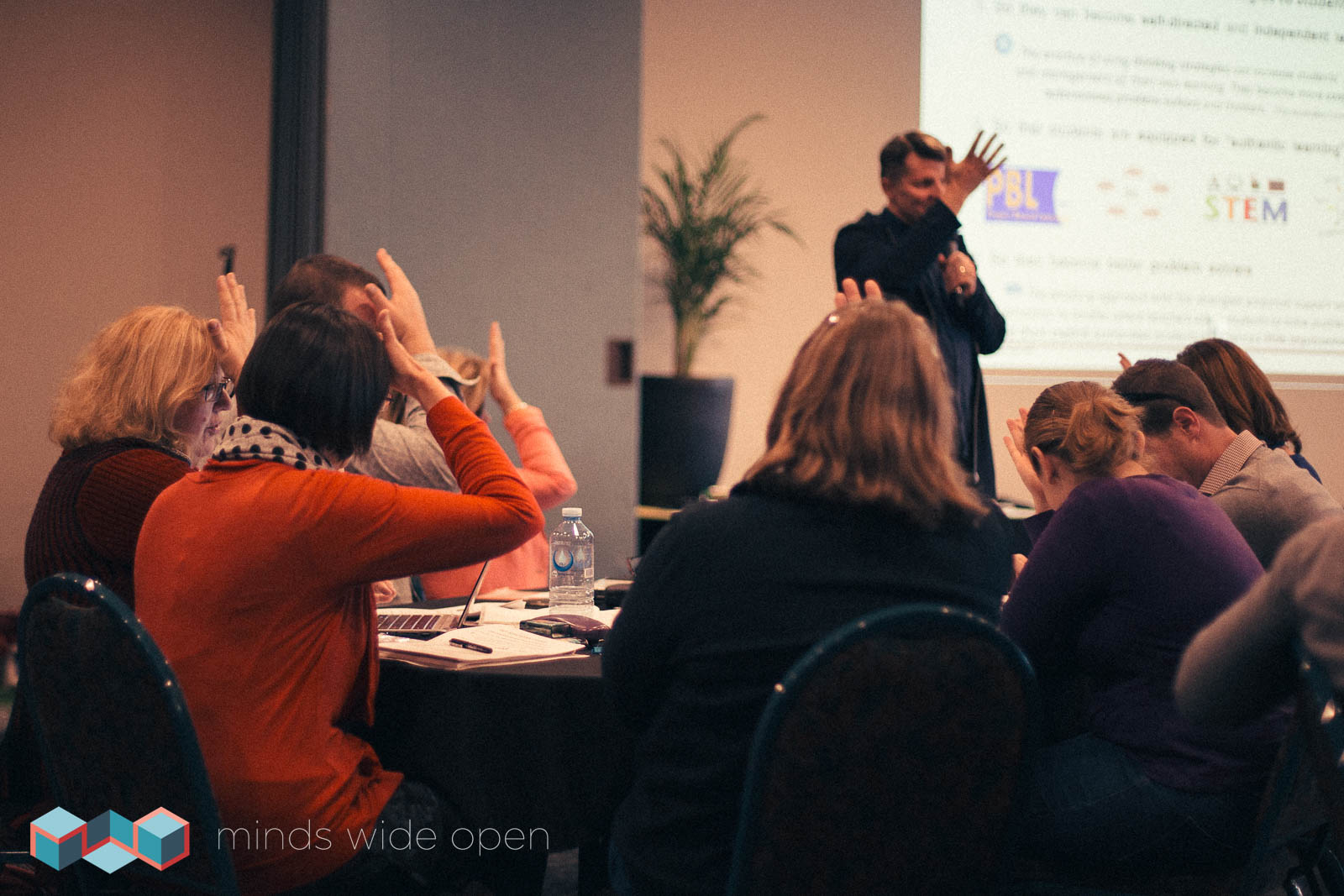BOOK NOW | NO CANCELLATION FEES | PAY AFTER EVENT | NESA ENDORSED
STANDARD: $300 (+GST) P/P
EARLY BIRD: $240 (+GST) P/P
SMALL GROUP $240 (+GST) P/P
MEDIUM GROUP $195 (+GST) P/P
LARGE GROUP: $150 (+GST) P/P
Small Group (2-3 people)
Medium Group (4+ people)
Large Group (10+ people)
We understand it's a time-consuming process to get approval (and the boss doesn’t always say “yes”) which is why our policy for teachers is BOOK NOW to secure a place, PAY AFTER THE EVENT to avoid complications and NO CANCELLATION FEES if life happens!
Find out which schools near you have jumped at the opportunity!
Schools - in part or in full - who have participated in Minds Wide Open training or are actively using the Minds Wide Open Program and classroom resources.
Click pins to reveal schools
WORKSHOP DETAILS
LUNCH, MORNING TEA AND ALL DAY REFRESHMENTS FREE!!!!!
INCLUDES FREE CLASSROOM RESOURCES VALUED AT $1200 WITH WORKSHOP ATTENDANCE
REGISTER HERE
BOOK NOW | NO CANCELLATION FEES | PAY AFTER EVENT | NESA ENDORSED
UPFRONT CREDIT CARD PAYMENT OPTIONS ALSO AVAILABLE
Design Thinking Across the Curriculum: Deeper Learning through Real-World Projects
NSW Education Standards Authority (NESA)
Completing the Minds Wide Open Design Thinking Across the Curriculum: Deeper Learning through Real-World Projects course will contribute 5 hours of NESA Registered PD addressing 2.2.2, 2.3.2, 3.2.2, 3.3.2, and 6.2.2 from the Australian Professional Standards for Teachers towards maintaining Proficient Teacher Accreditation.
SUMMARY OF THE COURSE
This course will help busy classroom teachers and school leaders build their capacity to implement future-focused Project Based Learning (PBL) in their school by instructing their students to work collaboratively, manage projects and solve real-world problems using the Design Thinking process.
This course will:
1. Reveal best theory and practice for a successful Project Based Learning (PBL) and Design Thinking experience.
2. Identify opportunities and mandates in national and state curricula for the teaching of PBL and Design Thinking.
3. Scaffold teachers and schools with a flexible framework so they can plan for and implement Project Based Learning and Design Thinking within and across learning areas.
4. Show teachers how to instruct their students in the problem solving/design thinking process so that students can engage meaningfully in collaborative problem solving and design thinking projects with increasing confidence and independence.
5. Show teachers how to assess students’ design thinking and collaborative problem solving skills.
6. Provide teachers with comprehensive curriculum–linked PBL and Design Thinking planning and teaching resources.
7. Assist teachers with implementation of the new Design and Technologies curriculum.
PROFESSIONAL LEARNING OBJECTIVES AND STANDARDS
2.2.2 Organise content into coherent, well-sequenced learning and teaching programs.
Designs programs which display logical sequencing of activities; includes opportunities for students to practise skills and adheres to the timelines and sequence of the program.
2.3.2 Design and implement learning and teaching programs using knowledge of curriculum, assessment and reporting requirements.
Teaching and learning programs and/or lesson plans using appropriate knowledge of curriculum, assessment and reporting requirements
3.2.2 Plan and implement well-structured learning and teaching programs or lesson sequences that engage students and
promote learning.
Ensures lesson plans are not only content based but incorporate practical activities and skills practi
3.3.2 Select and use relevant teaching strategies to develop knowledge, skills, problem solving and critical and creative thinking.
Responds to interests of students.
Promotes student-centred learning and problem solving.
Encourages critical and creative thinking by engaging students in higher order thinking and risk taking within their learning.
Uses teaching strategies that challenge students to select appropriate thinking strategies for their learning.
Promotes critical and creative thinking through inquiry learning, problem based learning and relevant projects
6.2.2 Participate in learning to update knowledge and best practice targeted to professional needs and school priorities.
Evidence of participation in professional learning activities to update knowledge and practice.
RATIONALE FOR THIS TEACHER PROFESSIONAL LEARNING
TO BUILD TEACHERS’ CAPABILITY AND CAPACITY
“Teachers should be given the opportunity to develop 21st century skills themselves and to experience how these skills can be brought into the classrooms.”
(Voogt, Dede & Erstad, 21st Century Learning: Call to Action, EDUsummIT, 2011)
TO MAKE THE IMPLEMENTATION OF PROJECT BASED LEARNING SIMPLE(R)
“The overlapping, wide-ranging, and changing demands of PBL management and instruction are difficult to master, and novice PBL teachers frequently experience dilemmas and difficulties.”
(Mergendoller & Thomas, 2005)
FOR TEACHERS TO ACQUIRE TIMESAVING TIPS AND STRATEGIES
“Researchers have reported that teachers experience frustration with the amount of time it takes to plan for and implement problem-based learning.”
(Ertmer & Simons, Scaffolding Teachers' Efforts to Implement Problem Based Learning, 2005)
(Simons et al., 2004)
RATIONALE FOR THIS COURSE
TO PREPARE STUDENTS FOR FUTURE WORK
“Today’s world looks different. Work is project-based and performance is measured by the impact of ideas and the team’s ability to execute those ideas. Education systems should refocus on engaging students in this kind of work where ideal outcomes are… students’ capacities to connect with others, create innovative products/solutions and to implement them.”
(Fullan & Langworthy, Towards a New End: New Pedagogies for Deep Learning, 2013)
“Australia needs enterprising individuals who can make discerning decisions about the development and use of technologies and who can independently and collaboratively develop solutions to complex challenges.”
(The Australian Curriculum, Technologies, 2016)
“For more than two decades, the data has consistently identified collaboration, critical thinking, problem solving, communication, and creativity/innovation as critically important skill sets for the future.”
(Collaborative Problem Solving: Considerations for the National Assessment of Educational Progress, April 2017)
AUSTRALIAN STUDENTS NEED TO IMPROVE AT PROBLEM SOLVING SKILLS
“PISA tests reveal that even in the best-performing countries, significant numbers of 15-year-olds do not have the basic problem-solving skills considered necessary to succeed in today’s – let alone tomorrow’s – world.”
(Source: PISA in Focus, N38, 2014)
“Australian students are comparatively stronger on the exploring and understanding and the representing and formulating processes, and are relatively weaker on the planning and executing process.”
(Thinking it through: Australian students’ skills in creative problem solving, ACER, 2014)
“This is an area where Australian students’ skills could be improved; they need to be able to use their knowledge to devise a plan and execute the plan in order to solve a problem.”
(ACER, 2014. Source: rd.acer.edu.au/article/australian-problem-solving-skills-in-context)
BOOK NOW | NO CANCELLATION FEES | PAY AFTER EVENT
RESEARCH BASIS OF THE COURSE
Creativity levels in children have been declining since 1990
The Torrance Tests of Creative Thinking (TTCT) was developed in 1966 and re-normed five times (in 1974, 1984, 1990, 1998, and 2008). The total sample for all six normative samples included 272,599 from kindergarteners through to 12th grade students. Firstly, analysis of the normative data by Dr Kyung Hee Kim in 2011 showed that creative thinking scores in a child's life generally decrease, starting at fourth grade. (See further studies by Land and Jarman, 1998, confirming this). Results also indicated that since 1990, even as IQ scores have risen, creative thinking scores have significantly decreased in children. (The Creativity Crisis: The Decrease in Creative Thinking Scores on the Torrance Tests of Creative Thinking, by Dr Kyung Hee Kim) Source: The Creativity Journal
Creativity can be taught, nurtured and measured
James C. Kauman, Ph.D. Professor of Psychology at California State University, directs the Learning Research Institute. Kaufman is an international leader in the field of creativity, known for his research in such areas as everyday creativity, creativity assessment, creativity and fairness, and creativity and mental health. Research funded by the USA National Center for Educational Statistics. http://www.creativitypost.com/advisors/bio/james_c._kaufman
Being creative inside and outside the classroom, Baer, J., & Kaufman, J. C. The Netherlands: Sense Publishers.
The neuroscience of creativity. Bristol, A. B., Kaufman, J. C. New York: Cambridge University Press.
Cultivating Creativity in the Classroom. Beghetto, R.A. & Kaufman, J.C. (2010). Cambridge University Press, UK
Rex Jung, Ph.D. Neuropsychologist, brain imaging researcher, and assistant Professor of Neurosurgery at the University of New Mexico. Jung's research focuses on identifying the brain regions, cognitive functions, and behaviours associated with the creative process. Research funded by the John Templeton Foundation.
Thinking skills can and should be taught explicitly
Philip Abrami analysed 117 studies about teaching critical thinking to children (Abrami et al, 2008). "The teaching approach with the strongest empirical support was explicit instruction. In studies where teachers asked students to solve problems without giving them explicit instruction students experienced little improvement" (Dewar, 2009).
Mark A Runco, Ph.D. Professor of Child and Adolescent Studies at California State University, He is founder and continuing editor of the Creativity Research Journal. His comprehensive and definitive book Creativity: Theories and Themes: Research, Development, and Practice is an overview of creativity theory and research and is one of few publications expounding on theory and practice of teaching creativity in schools.
Problem Finding, Problem Solving, and Creativity, Mark A. Runco and Roni Reiter-Palmon. Faculty Books and Monographs. Norwood, New Jersey: Ablex Publishing Corporation, 1994.
Dispositions are essential pre-requisites for learning
Shari Tishman and David Perkins (Harvard University) have explored the practicality of using thinking routines as classroom learning tools and developed a framework for pursuing cultural transformation in classrooms and schools. This work has spanned elementary through university settings, included both public and independent schools, and involved schools in the United States, the Netherlands, Sweden, Belgium, and Australia. http://pz.harvard.edu
Visible Thinking, Shari Tishman and Patricia Palmer, "Visible Thinking," Leadership Compass 2, no. 4 (Summer 2005).
The Thinking Classroom: Teaching and learning in a Culture of ThinkingShari Tishman, David N. Perkins, Eileen Jay, (Needham, MA: Allyn & Bacon, 1995).
'Scaffolding' greatly assists students to organise their thinking so they can independently and effectively solve problems
There are proven critical and creative thinking tools (eg Treffinger's CPS Method and IDEO's Design Thinking) that can be taught to students to empower them to solve problems creatively and independently.
Scaffolding in Teacher-Student Interaction: A Decade of Research, Monique Volman et al, From Educational Psychology Review September 2010, Volume 22, Issue 3, pp 271-296.
Promoting teacher scaffolding in small-group work: A contingency perspective. Volman, M. & Beishuizen, J. (2012). Teaching and Teacher Education, 28 (2), 193-205. Using Scaffolded Instruction to Optimize Learning, Martha Larkin, 2002.
http://www.cpsb.com/research/fellows/treffingerD.html; http://www.creativelearning.com/about-us/leadership-team; http://www.vtaide.com/png/ERIC/Scaffolding
BOOK NOW | NO CANCELLATION FEES | PAY AFTER EVENT
If cancelling, please notify us before the workshop commences to avoid charges


















